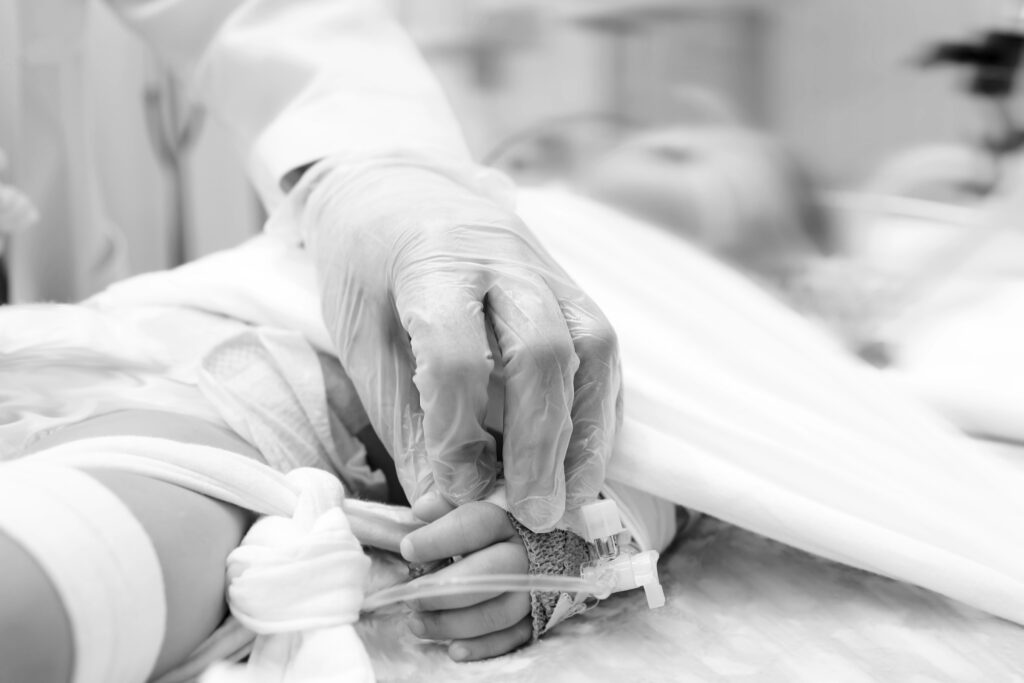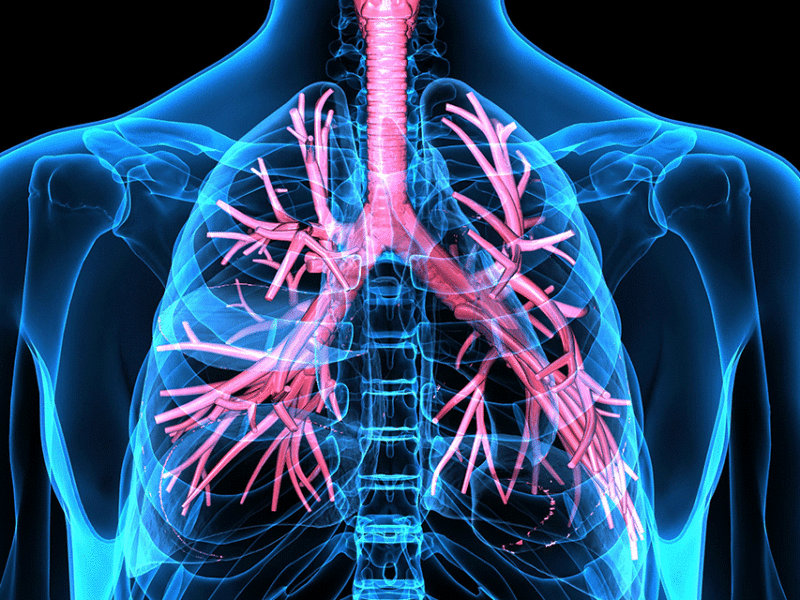Role of Myeoloid-Derived Suppressor Cells in Septic Shock Immunoparalysis
Role of Myeoloid-Derived Suppressor Cells in Septic Shock Immunoparalysis https://pediatricsnationwide.org/wp-content/uploads/2023/04/AdobeStock_110197900-1024x683.jpg 1024 683 Mary Bates, PhD Mary Bates, PhD https://secure.gravatar.com/avatar/d8c01b42dd4f98ebe33b59a37151ffdb0226803d9094f30793729669defbdf99?s=96&d=mm&r=g
New study is the first to describe increased myeloid-derived suppressors cells in children with septic shock.
In children with septic shock, the immune system initiates a systemic inflammatory response and a nearly concurrent compensatory anti-inflammatory response. When severe, this anti-inflammatory response is termed “immunoparalysis” and is associated with increased risk of infections and death.
Researchers recently identified a population of cells called myeloid-derived suppressor cells (MDSCs) that may perpetuate immunoparalysis.
“These cells have been extensively studied in adults with cancer and were found to cause immune suppression that contributes to worse tumor burdens and increased mortality,” says Katherine Bline, MD, a critical care medicine physician at Nationwide Children’s Hospital and a principal investigator in the Center for Vaccines and Immunity at the Abigail Wexner Research Institute (AWRI). “We wondered if MDSCs also played a role in mediating immune suppression in children with septic shock.”
In a new study, Dr. Bline and colleagues investigated MDSCs and immune function in children admitted to Nationwide Children’s Intensive Care Unit with septic shock.
“We found that MDSCs were significantly increased in the first 48 hours in children with septic shock compared to healthy controls,” says senior study author Mark Hall, MD, FCCM, chief of the Division of Critical Care Medicine at Nationwide Children’s and director of the Immune Surveillance Laboratory at AWRI. “And in agreement with previous studies, we found kids with septic shock had an underactive immune response and evidence of immunoparalysis.”
The researchers say it remains unclear if MDSCs play a causative role in sepsis-induced immunoparalysis in children and more research is needed to establish these cells as a potential therapeutic target in this population.
A better understanding of the role of MDSCs in septic shock could have important implications for the treatment of these patients.
Currently, there are over 20 clinical trials investigating MDSC inhibitors as adjunct therapy in cancer treatment.
“If we find that these cells are clinically meaningful and contributing to immunoparalysis, we may be able to implement these therapies that are already available,” says Dr. Hall, who is also a professor of pediatrics at The Ohio State University College of Medicine (OSUCOM).
In addition to investigating the timing of MDSC activity in immunoparalysis, Dr. Hall and colleagues are determining which subsets of MDSCs are most important in different patient populations.
“Like any single-center finding, it needs to be replicated in a larger cohort across multiple centers,” says Dr. Bline, who is also an assistant professor of pediatrics at OSUCOM. “The good news is that we are well positioned to do that here at Nationwide Children’s because we are very engaged with multiple national research networks that focus on the study of critically ill and injured children.”
This feature was published in the Spring/Summer 2023 issue. Download the full issue.
Reference:
Bline KE, Muszynski JA, Guess AJ, Menocha S, Moore-Clingenpeel MD, Popelka JK, Hensley JM, Steele LM, Goldthwaite IC, Jedreski KJ, Hall MW. Novel identification of myeloid-derived suppressor cells in children with septic shock. Pediatric Critical Care Medicine. 2022 Dec 1;23(12):e555-e563.
Image credit: Adobe Stock
About the author
Mary a freelance science writer and blogger based in Boston. Her favorite topics include biology, psychology, neuroscience, ecology, and animal behavior. She has a BA in Biology-Psychology with a minor in English from Skidmore College in Saratoga Springs, NY, and a PhD from Brown University, where she researched bat echolocation and bullfrog chorusing.
- Mary Bates, PhDhttps://pediatricsnationwide.org/author/mary-bates-phd/December 27, 2016
- Mary Bates, PhDhttps://pediatricsnationwide.org/author/mary-bates-phd/
- Mary Bates, PhDhttps://pediatricsnationwide.org/author/mary-bates-phd/
- Mary Bates, PhDhttps://pediatricsnationwide.org/author/mary-bates-phd/
- Post Tags:
- Critical Care
- Immunology
- Sepsis






